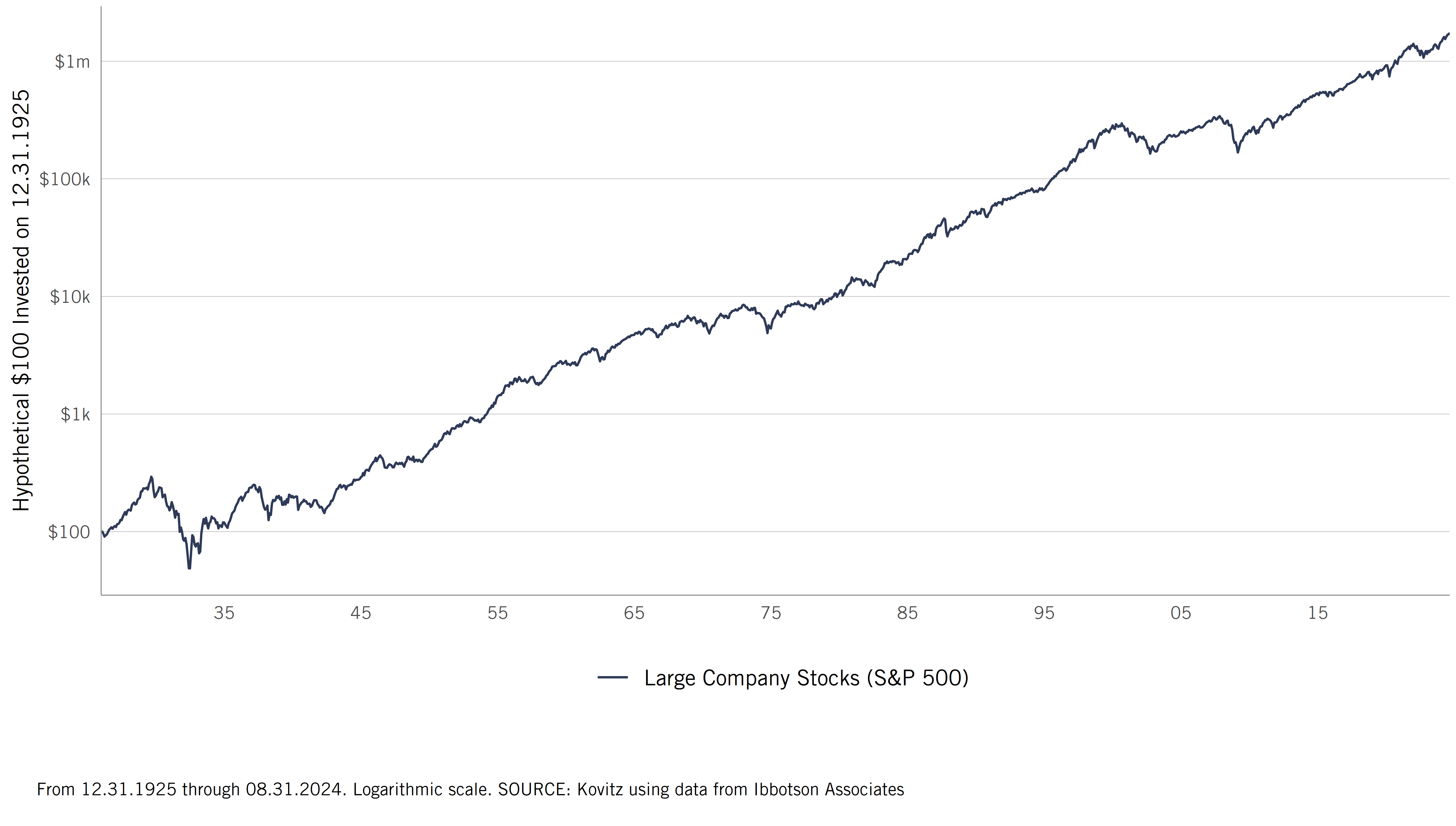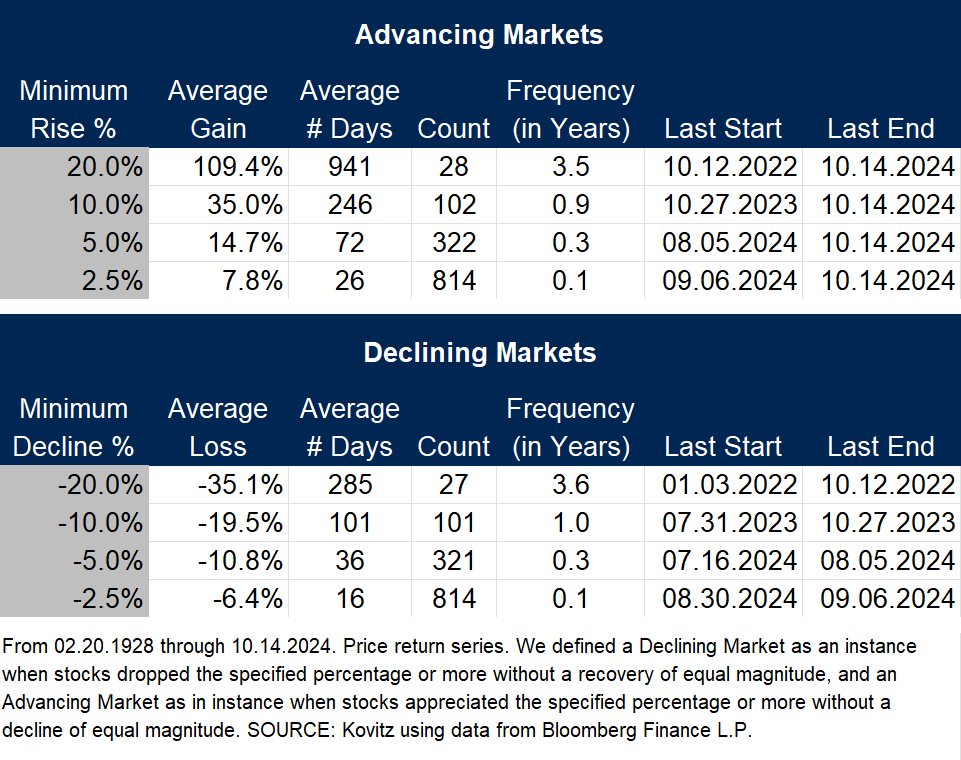This Bull Market had its second birthday on October 12 and investors might be wondering if it might be too late to invest in a Bull Marke
This Bull Market had its second birthday on October 12 and investors might be wondering if it might be too late to invest in a Bull Market.
What is a Bull Market? What is a Bear Market?
We read about Bull Markets and Bear Markets frequently in the press. They’re used to describe a broad stock index, usually the S&P 500, gaining 20% or more from the preceding low point or falling 20% or more from the preceding high point. It’s true that a fall of 20% and a rise of 20% wouldn’t get one back to even when it comes to their portfolio value, but the general idea is to highlight when the broad market is having a good stretch or a bad one.
Bull and Bear Markets can last for years, or they can be relatively short. The longest Bull run started on December 4, 1987 and ended on March 24, 2000, a whopping 4,494 calendar days. The longest Bear Market started on January 11, 1973 and ended on October 3, 1974, 630 calendar days. As the table below shows using data from 1928 to present, the averages are tamer. An average Bull Market lasts 941 days and sees an average gain of 109.4%. The average Bear Market lasts just 285 days but has a steep average loss of 35.1%. Bull and Bear Markets crop up once every three and a half years on average, while 10% moves occur annually, and 5% moves occur about three times per year.
Investing Strategies for a Bull Market
Investors are probably wondering if it’s too late to invest in the current Bull Market, which began on October 12, 2022 and has seen the S&P 500 grow 64% (through October 14, 2024). Missing the boat can be hard and the returns over the last two years have been terrific, but we wonder what an investor who didn’t invest on day 733 (the current length of this Bull Market) and missed the longest Bull Market between 1987 and 2000 might have felt. After all, they would have left a 338% return on the table (463% including dividends!). The ensuing Bear Market between 2000 and 2001 was -37%, which while painful still leaves lots of profit for the stay-the-course investor.
Stay the Course
Perhaps it comes as little surprise that our suggestion for investing doesn’t matter if the market is in a Bull or Bear Market. Indeed, it doesn’t make a difference where we are in the cycle either. We’ve long advised that time in the market trumps market timing. As your personal financial situation changes, you might need to augment your allocation to balance your near-term and long-term needs. For those with a long-term horizon, it’s hard to be disappointed with long-term returns for those who have kept the faith.

Kovitz Investment Group Partners, LLC (“Kovitz”) is an investment adviser registered with the Securities and Exchange Commission. This report should only be considered as a tool in any investment decision and should not be used by itself to make investment decisions. Opinions expressed are only our current opinions or our opinions on the posting date. Any graphs, data, or information in this publication are considered reliably sourced, but no representation is made that it is accurate or complete and should not be relied upon as such. This information is subject to change without notice at any time, based on market and other conditions. Past performance is not indicative of future results, which may vary.




